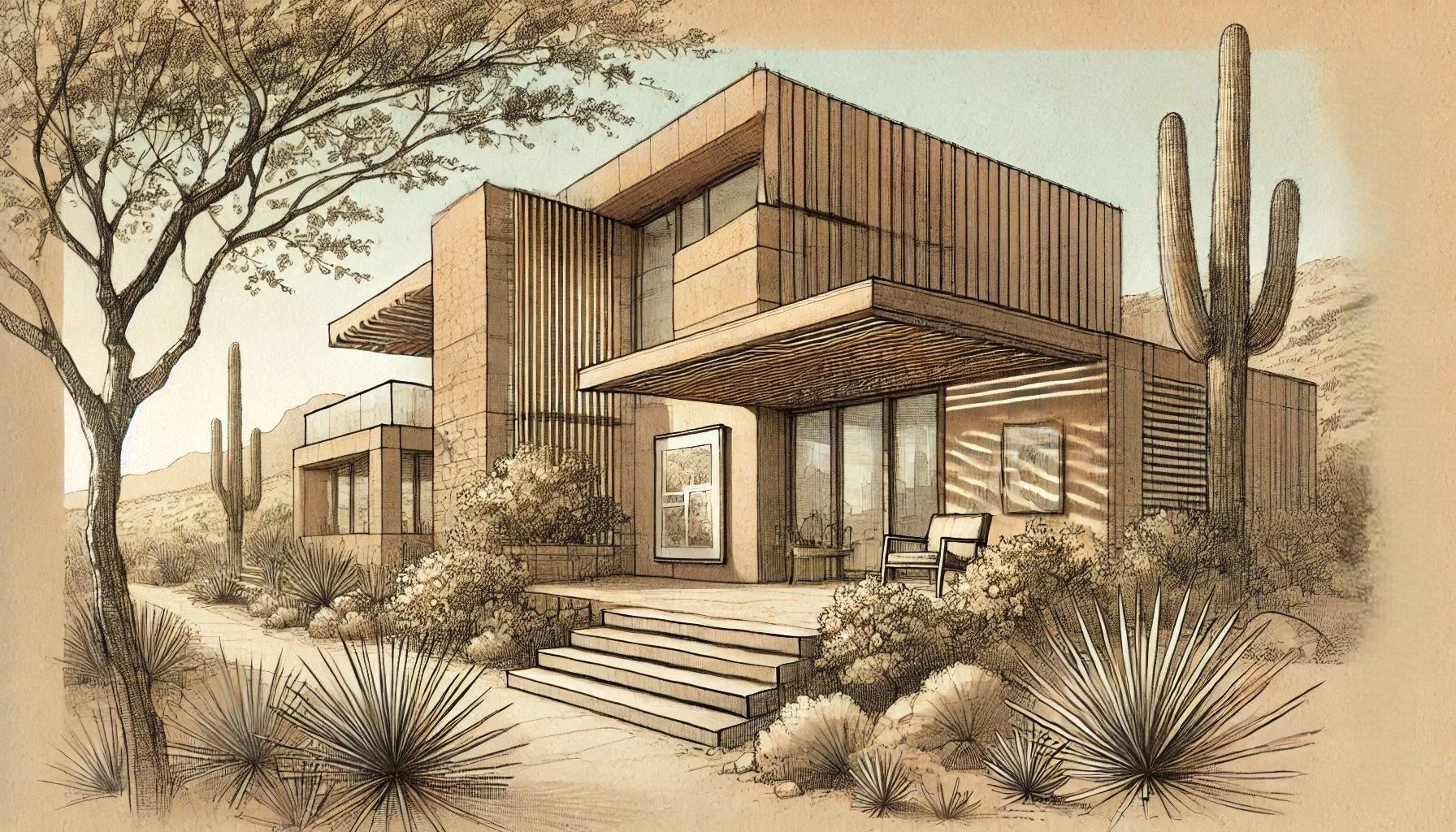Sustainable homes are no longer just a trend; they are a necessity in today’s world. As global temperatures rise, natural resources deplete, and energy costs soar, building or transitioning to a sustainable home can save money, protect the environment, and improve quality of life. Here’s why you should consider making the switch:
1. Lower Energy Costs
Sustainable homes are designed to minimize energy consumption primarily through passive design techniques such as optimizing orientation, natural ventilation, and thermal mass, complemented by energy-efficient appliances, insulation, and renewable energy sources like solar panels. For instance, a study found that homes with solar energy systems save an average of 50% on electricity bills annually [1]. Over time, these savings can offset the initial investment.
2. Increased Property Value
Green-certified homes typically have higher resale values. According to the World Green Building Council, properties with sustainability certifications sell 5-10% more quickly and at higher prices than non-certified homes [2]. This trend offers significant opportunities in Egypt, where the adoption of passive design principles—such as optimal orientation to benefit from natural sunlight and cross-ventilation—can make properties more appealing to eco-conscious buyers. Additionally, incorporating local materials like limestone and clay bricks can reduce costs and align with sustainable practices. Egypt’s hot climate makes passive cooling strategies, such as shaded courtyards and high thermal mass walls, particularly effective in enhancing energy efficiency and boosting property value.
3. Reduced Environmental Impact
The construction and operation of buildings account for approximately 40% of global energy consumption and 30% of greenhouse gas emissions [3]. In Egypt, the environmental impact of homes is exacerbated by poor insulation, outdated construction techniques, and reliance on fossil fuel-based energy. Inefficiently designed homes often require excessive air conditioning in summer and heating in winter, leading to higher energy consumption and increased carbon emissions. Water wastage is another issue, as many traditional plumbing systems lack water-saving mechanisms. By investing in sustainable homes that incorporate passive cooling techniques, solar energy, and water-efficient fixtures, homeowners can significantly reduce their environmental footprint while addressing these local challenges.
4. Improved Indoor Air Quality
Traditional homes often use materials and finishes that emit volatile organic compounds (VOCs), such as formaldehyde found in adhesives and plywood, benzene in some paints, and toluene in certain sealants. These compounds contribute to poor indoor air quality and can cause health issues ranging from headaches and dizziness to long-term respiratory problems and even increased cancer risk. Sustainable homes prioritize non-toxic materials, such as low-VOC paints and natural finishes, alongside proper ventilation systems, resulting in healthier indoor environments [4].
5. Resilience Against Climate Change
Sustainable homes are built with climate resilience in mind. Features like rainwater harvesting systems, elevated foundations, and better thermal insulation protect against extreme weather events. In Egypt, where power outages can be a frequent challenge, sustainable homes equipped with solar panels and battery storage systems provide reliable energy sources, ensuring uninterrupted power for essential functions. Additionally, passive cooling techniques like cross-ventilation and shaded courtyards can maintain comfortable indoor temperatures without relying heavily on electricity. A well-insulated home, for example, can reduce heating and cooling costs by up to 20% [5], while also improving resilience during energy shortages.
6. Government Incentives and Tax Benefits
In Egypt, the government and private sectors are beginning to recognize the importance of sustainable practices. While widespread tax incentives are not yet in place, programs such as the “Feed-in Tariff” encourage investment in renewable energy by guaranteeing long-term purchase agreements for solar and wind power producers. Additionally, initiatives like green financing through the Central Bank of Egypt offer low-interest loans for energy-efficient upgrades and eco-friendly construction projects. These emerging opportunities make investing in sustainable homes increasingly viable and attractive in Egypt.
7. Long-Term Savings
While the upfront cost of building or retrofitting a sustainable home might be higher, the long-term savings are undeniable. Energy-efficient windows, for instance, can save households between $126 and $465 annually, depending on their location [6]. Over a decade, this adds up significantly.
8. Enhanced Comfort and Aesthetic Appeal
Sustainable homes often incorporate passive design strategies that maximize natural light, regulate indoor temperatures, and reduce noise. Elements like green roofs, fair-faced concrete, and timber finishes provide both functionality and beauty, blending modernity with nature.
9. Future-Proofing Your Home
Energy prices are likely to rise as non-renewable resources dwindle. A sustainable home insulates you from such uncertainties. Additionally, governments and cities may enforce stricter building codes and carbon taxes in the future, making early adoption advantageous.
10. Contribution to a Better Future
Green homes don’t have to be expensive. The core technologies and principles used in green buildings, such as passive cooling, natural ventilation, and thermal mass, have existed for thousands of years and are well-suited to Egypt’s climate. Traditional construction methods, like using adobe or locally sourced limestone, not only reduce costs but also improve thermal performance. Even if initial investments are slightly higher, provisions can be made to integrate renewable energy systems, such as solar panels or greywater recycling, in the future. This approach allows homeowners to build incrementally while ensuring sustainability.Investing in a sustainable home is more than a personal choice; it’s a commitment to the environment and future generations. By reducing resource consumption and greenhouse gas emissions, you contribute to a sustainable world.
References
[1] Solar Energy Industries Association, “Solar Energy Facts,” SEIA, 2023. [Online]. Available: https://www.seia.org.
[2] World Green Building Council, “The Business Case for Green Building,” WGBC, 2022. [Online]. Available: https://www.worldgbc.org.
[3] United Nations Environment Programme, “Buildings and Climate Change,” UNEP, 2023. [Online]. Available: https://www.unep.org.
[4] U.S. Environmental Protection Agency, “Indoor Air Quality,” EPA, 2023. [Online]. Available: https://www.epa.gov.
[5] International Energy Agency, “Energy Efficiency 2022,” IEA, 2022. [Online]. Available: https://www.iea.org.
[6] U.S. Department of Energy, “Energy Efficient Windows,” DOE, 2023. [Online]. Available: https://www.energy.gov.

